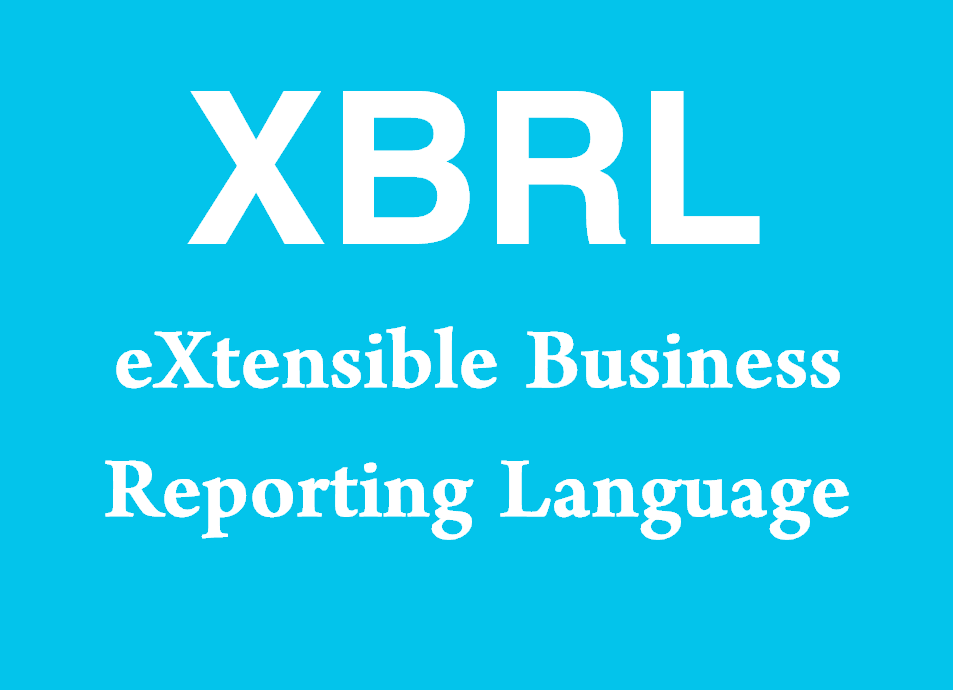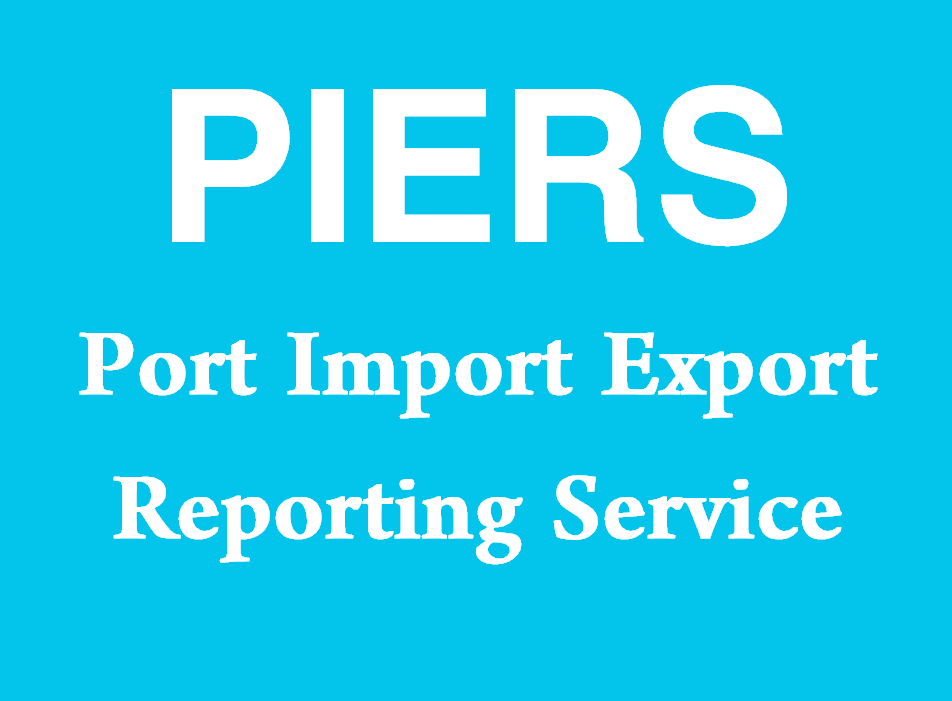What Does XBRL Stand For?
XBRL stands for “eXtensible Business Reporting Language,” which is a standardized language used for the electronic communication of business and financial data. This open standard is used globally to facilitate the preparation, exchange, and analysis of financial statements and business performance reports, enhancing the efficiency, accuracy, and transparency of financial reporting.

Comprehensive Explanation of eXtensible Business Reporting Language (XBRL)
Overview of XBRL
XBRL is a language for the electronic communication of business and financial data, which is revolutionizing business reporting around the world. It provides a standardized format for the preparation, exchange, and analysis of financial statements and business performance data, making it easier for various stakeholders to access and utilize this information.
Key Features of XBRL
Standardization
XBRL provides a standardized method for encoding financial data, ensuring consistency and comparability across different organizations and regulatory frameworks. This standardization is crucial for accurate data analysis and decision-making.
Extensibility
As the name suggests, XBRL is extensible, meaning that it can be customized to meet the specific reporting requirements of different industries, countries, and organizations. This flexibility allows for the creation of custom taxonomies that define the data elements relevant to a particular reporting environment.
Automation
XBRL enables the automation of data collection and processing, reducing the need for manual intervention and minimizing the risk of errors. This automation streamlines the reporting process, making it faster and more efficient.
Benefits of XBRL
Improved Accuracy and Transparency
By standardizing financial reporting, XBRL enhances the accuracy and transparency of financial data. Stakeholders, including investors, regulators, and analysts, can rely on the consistency of XBRL-tagged data for informed decision-making.
Cost Savings
The automation and standardization offered by XBRL can lead to significant cost savings for organizations. Reducing the need for manual data entry and verification lowers operational costs and minimizes the likelihood of costly errors.
Enhanced Data Analysis
XBRL facilitates more sophisticated data analysis by enabling the seamless integration of financial data from multiple sources. Analysts can easily compare and analyze data across different organizations and time periods, providing deeper insights into business performance.
How XBRL Works
Taxonomies
At the heart of XBRL are taxonomies, which define the specific data elements and their relationships within a particular reporting framework. A taxonomy is essentially a dictionary of financial reporting terms, specifying how data should be structured and tagged.
Instance Documents
An XBRL instance document is a file that contains the actual business and financial data, structured according to the relevant taxonomy. Each piece of data is tagged with a unique identifier, enabling it to be accurately interpreted and processed by XBRL-compliant software.
XBRL Software
Specialized XBRL software tools are used to create, validate, and analyze XBRL instance documents. These tools ensure that the data conforms to the relevant taxonomy and can be seamlessly integrated with other XBRL-tagged data.
Implementation of XBRL
Regulatory Mandates
Many regulatory bodies around the world have adopted XBRL as a standard for financial reporting. For example, the U.S. Securities and Exchange Commission (SEC) requires public companies to submit their financial statements in XBRL format. Similarly, the European Securities and Markets Authority (ESMA) mandates XBRL reporting for certain financial disclosures.
Adoption by Organizations
Organizations across various industries are adopting XBRL to streamline their financial reporting processes. By leveraging XBRL, companies can improve the accuracy and efficiency of their financial disclosures, ensuring compliance with regulatory requirements and enhancing stakeholder confidence.
Practical Considerations for Implementing XBRL
Selecting the Right Taxonomy
Choosing the appropriate taxonomy is crucial for the successful implementation of XBRL. Organizations must identify the taxonomy that aligns with their reporting requirements and regulatory obligations.
Training and Support
Implementing XBRL requires training and support for the relevant staff members. Organizations should invest in training programs to ensure that employees understand how to create, validate, and analyze XBRL instance documents.
Software and Tools
Selecting the right XBRL software tools is essential for the effective implementation of XBRL. Organizations should evaluate different software options to find the tools that best meet their needs.
Challenges and Solutions in XBRL Implementation
Complexity
The complexity of XBRL can be a barrier to adoption for some organizations. To address this challenge, companies should seek out expert guidance and leverage user-friendly software tools that simplify the XBRL creation and validation process.
Data Integration
Integrating XBRL with existing financial systems and data sources can be challenging. Organizations should develop a clear integration strategy and work with experienced vendors to ensure seamless data integration.
Regulatory Compliance
Staying up-to-date with evolving regulatory requirements is critical for XBRL compliance. Organizations should establish processes for monitoring regulatory changes and updating their XBRL taxonomies and instance documents accordingly.
Notes to Importers
Understanding XBRL
As an importer, understanding XBRL and its implications for financial reporting is essential. XBRL can enhance the accuracy and transparency of your financial disclosures, improving stakeholder confidence and facilitating compliance with regulatory requirements.
Benefits for Importers
- Enhanced Transparency: XBRL improves the transparency of financial reporting, providing importers with greater visibility into their financial performance and compliance status.
- Streamlined Reporting: By standardizing and automating financial reporting processes, XBRL reduces the administrative burden on importers, freeing up resources for other business activities.
- Improved Data Analysis: XBRL enables importers to conduct more sophisticated data analysis, supporting better decision-making and strategic planning.
Practical Steps for Importers
- Adopt XBRL Software: Invest in XBRL-compliant software tools to create, validate, and analyze XBRL instance documents. These tools will streamline your reporting processes and ensure compliance with relevant taxonomies.
- Train Your Staff: Provide training for your staff on how to use XBRL and its associated tools. Ensuring that your team understands XBRL will enhance the accuracy and efficiency of your financial reporting.
- Monitor Regulatory Changes: Stay informed about changes to regulatory requirements that may impact your XBRL reporting. Establish processes for updating your taxonomies and instance documents as needed.
Sample Sentences and Their Meanings
- “The company’s financial statements were prepared using XBRL, ensuring compliance with regulatory standards.”
- This sentence indicates that the company’s financial statements were created in XBRL format to meet regulatory requirements.
- “By adopting XBRL, we have streamlined our financial reporting process and reduced errors.”
- This sentence highlights the benefits of using XBRL to improve the efficiency and accuracy of financial reporting.
- “The XBRL instance document was validated to ensure it conformed to the relevant taxonomy.”
- This sentence explains that the XBRL document was checked for compliance with the specified taxonomy.
- “Investors appreciated the transparency provided by the XBRL-tagged financial data.”
- This sentence notes that investors valued the clarity and transparency of financial data presented in XBRL format.
- “Our organization is transitioning to XBRL to enhance our financial reporting capabilities.”
- This sentence indicates that the organization is adopting XBRL to improve its financial reporting processes.
Other Meanings of XBRL
| Acronym | Full Form | Description |
|---|---|---|
| XBRL | eXtensible Business Reporting Language | A standardized language for electronic communication of business and financial data. |
| XBRL | XML-Based Reporting Language | An alternative name emphasizing the XML foundation of XBRL. |
| XBRL | eXploratory Business Reporting Language | A hypothetical variant focusing on exploratory data analysis in business reporting. |
| XBRL | Xpert Business Resource Locator | A fictional tool for locating business resources and information. |
| XBRL | eXtreme Business Reporting Level | A playful term suggesting a high level of detail in business reporting. |
| XBRL | eXcellent Business Reporting Language | A term emphasizing the high quality and reliability of XBRL. |
| XBRL | eXpanded Business Reporting Language | A variant highlighting the extensibility and adaptability of XBRL. |
| XBRL | eXpert-Based Reporting Language | A term suggesting that XBRL is designed for expert-level financial reporting. |
| XBRL | X-tra Business Reporting Language | A playful variant indicating additional features or capabilities in business reporting. |
| XBRL | eXact Business Reporting Language | A term emphasizing the precision and accuracy of XBRL. |
| XBRL | eXposed Business Reporting Language | A variant focusing on the transparency and openness of XBRL data. |
| XBRL | eXtended Business Resource Locator | A fictional tool for extended resource location in business contexts. |
| XBRL | Xperience-Based Reporting Language | A hypothetical variant emphasizing experiential data in business reporting. |
| XBRL | eXplicit Business Reporting Language | A term underscoring the clarity and explicitness of XBRL-tagged data. |
| XBRL | eXpert-Level Business Reporting Language | A variant suggesting that XBRL is tailored for expert users. |
| XBRL | X-traordinary Business Reporting Language | A playful term indicating the exceptional capabilities of XBRL. |
| XBRL | eXtra Business Resource Locator | A fictional tool for locating additional business resources. |
| XBRL | eXemplary Business Reporting Language | A term highlighting the exemplary standards of XBRL. |
| XBRL | eXclusive Business Reporting Language | A variant emphasizing the exclusivity and specialized nature of XBRL. |
| XBRL | X-tended Business Reporting Language | A term indicating the extended capabilities of XBRL in business reporting. |






